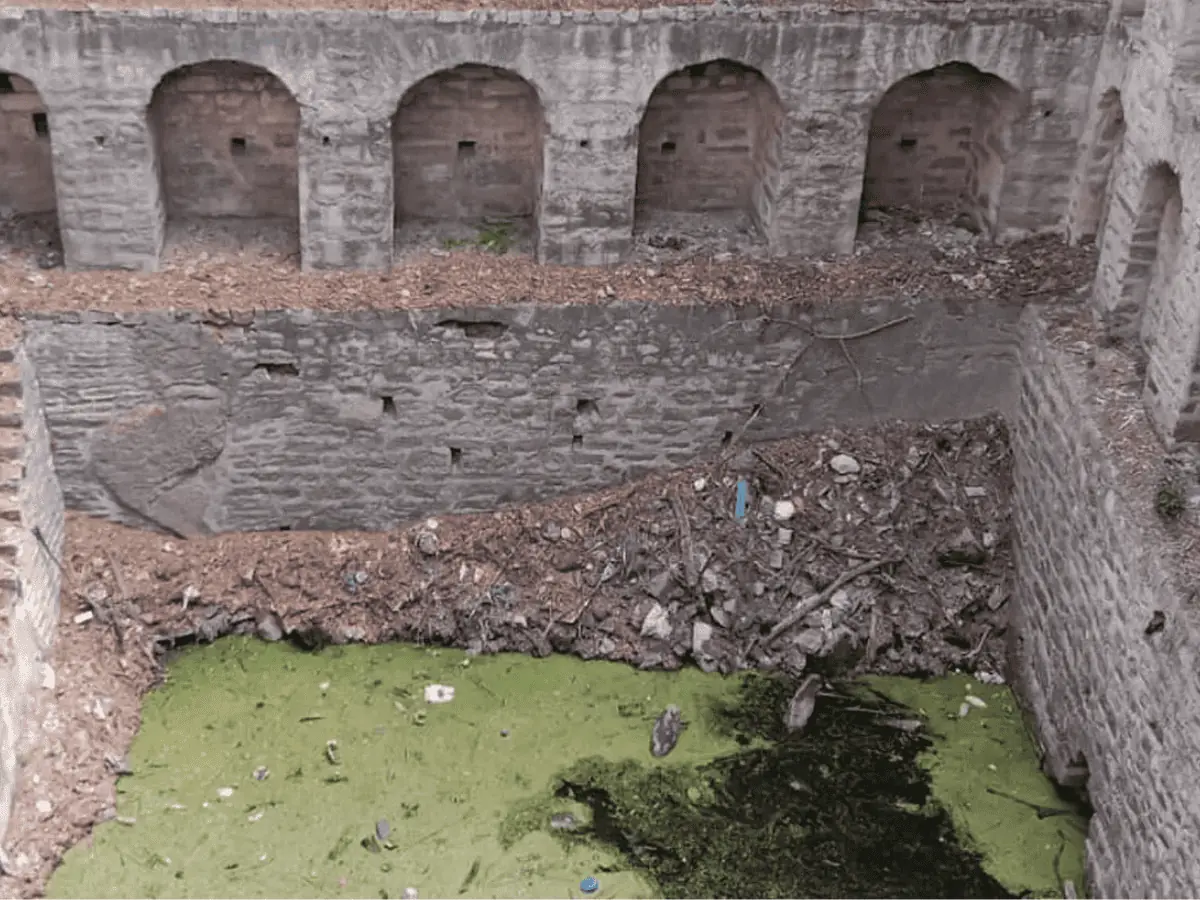While the Falaknuma Palace has undoubtedly made significant contributions to the local and regional economy, it has also faced its fair share of challenges over the years. These challenges have tested the resilience and determination of those responsible for the palace’s preservation and management, and have required creative solutions to ensure the continued success of this iconic landmark.
One of the primary challenges faced by the Falaknuma Palace has been the ongoing task of preserving its architectural and historical integrity. The palace’s intricate design, ornate interiors, and delicate features require constant maintenance and restoration to protect them from the ravages of time and the elements. This has necessitated significant investments in conservation efforts, as well as the recruitment and training of skilled artisans and craftspeople to undertake the necessary work.
Another challenge has been the palace’s remote location, which has posed logistical and infrastructural challenges for both visitors and those responsible for its management. The palace’s hilltop setting, while providing stunning views of the city, has made it difficult to access, particularly for those with mobility issues or limited transportation options. This has required the development of improved road networks, public transportation, and accessibility features to ensure that the palace remains accessible to all visitors.
The Falaknuma Palace has also faced the challenge of adapting to changing visitor preferences and expectations. As the tourism industry has evolved, the palace has had to continuously update its offerings, amenities, and interpretive programming to remain relevant and engaging for a diverse range of visitors. This has required a delicate balance between preserving the palace’s historical authenticity and providing modern comforts and experiences that meet the needs of contemporary travelers.
Furthermore, the Falaknuma Palace has had to navigate the complex web of cultural, political, and economic factors that shape the region’s heritage landscape. Ensuring the continued support and funding for the palace’s preservation and promotion has required the palace’s custodians to engage with a wide range of stakeholders, including government agencies, private investors, and the local community. Navigating these relationships and aligning diverse interests has presented its own set of challenges.
Despite these challenges, the Falaknuma Palace has remained a resilient and adaptable institution, continuously evolving to meet the changing needs of its visitors and the local community. Through innovative solutions, strategic partnerships, and a steadfast commitment to preserving its historical and cultural significance, the palace has managed to overcome these obstacles and maintain its status as a premier tourist destination and economic driver for the region.

